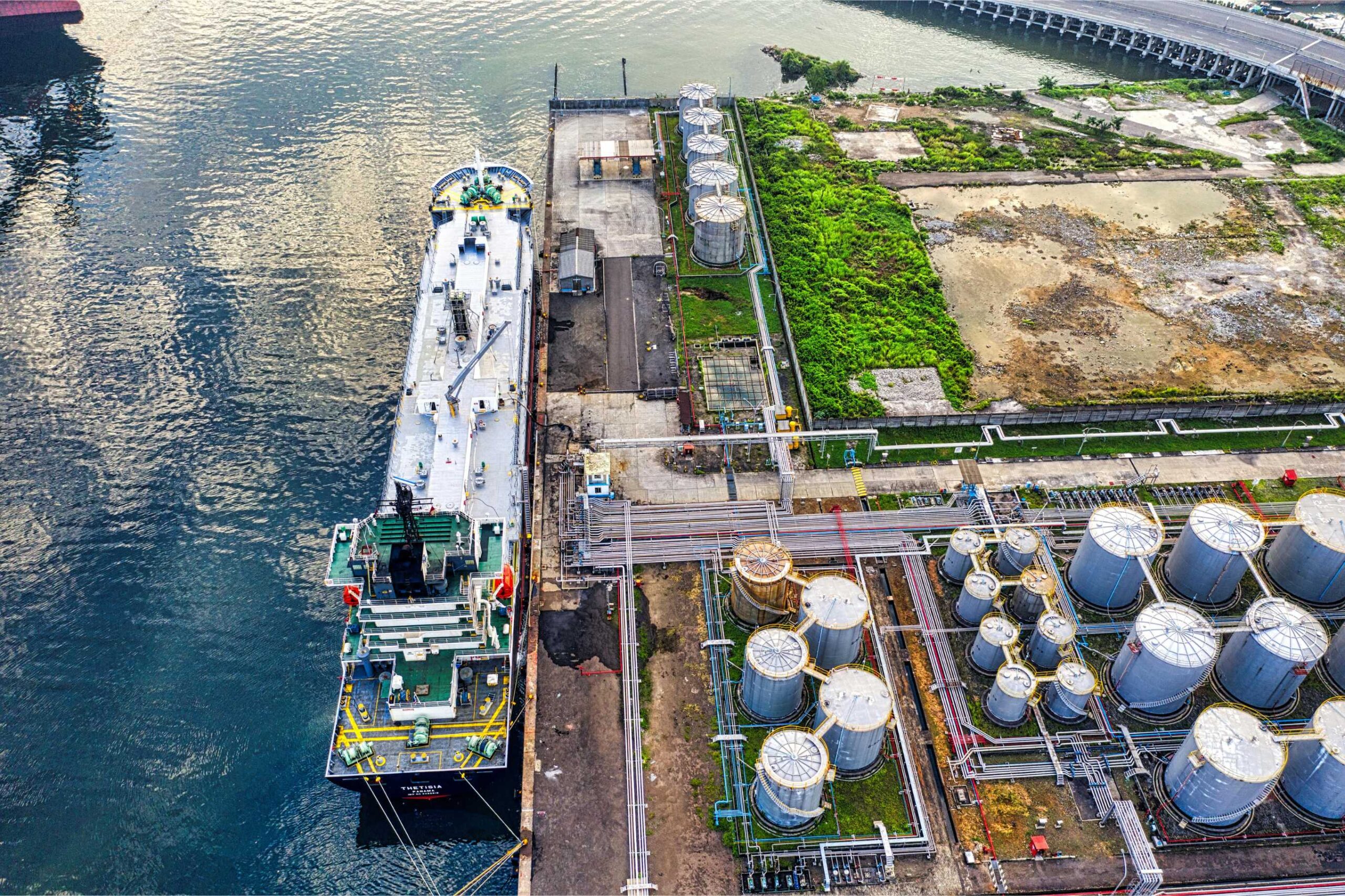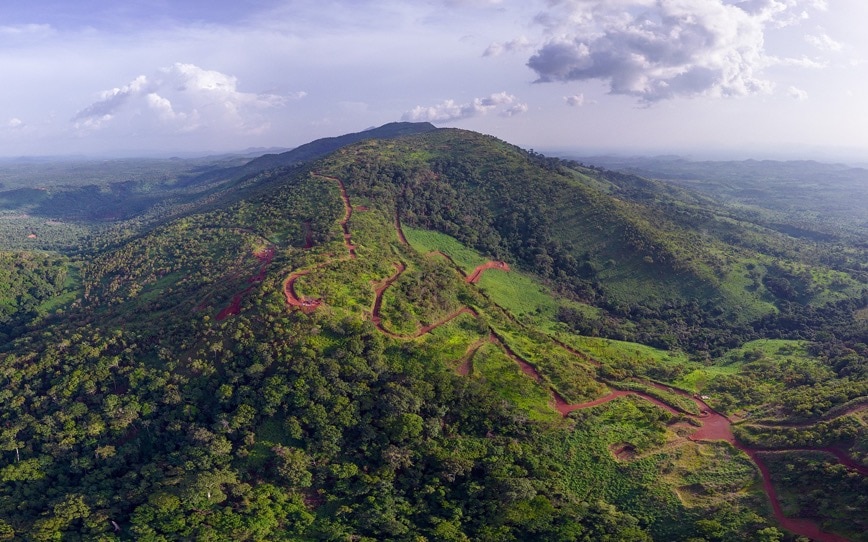What are the harmful effects of dust?
The first association related to dust is usually dirtiness. However, there are numerous and much more harmful effects of dust. These effects can be divided into influence on health, safety at work and in traffic, environment and economy. No matter of dust source and type, they are all having sincere negative effects on human health if present in high concentrations or for longer periods. Due to lower visibility, safety at work and in traffic is compromised. When it comes to the environment, dust can contaminate water bodies and soils, and thus negatively affect fauna, too. With regard to the economy, there is a loss of road or other material, slower driving and working, and higher maintenance costs of vehicles due to clogging their parts. Dust control measures are mostly needed on construction sites, unpaved roads, unpaved parking lots and in general on terrains which are not paved but are exposed to vehicle movement.
Dust Control Methods:
- The oldest and still most popular dust suppressant is water despite all its drawbacks. This method might have justified implementation in a case of very short-lasting need for dust control measures due to lower initial costs. However, these kinds of applications are very rare. When considered situations in which longer lasting dust control measures are required, besides a large need for water, machinery and labour, water application has a negative impact on terrain consistency.
- For increased water retention period, the use of hygroscopic substances is introduced. These are usually sea water or manufactured magnesium chloride and calcium chloride. These dust control measures require certain air humidity in order to be effective. Hygroscopic substances are vehicle and machinery unfriendly due to corrosiveness.
- Placement of gravel layer decreases dust generation to some extent. At first, it seems like not so huge investment as the installation is quite simple, but gravel is usually not readily available so huge amount of ex-situ material should be brought in and placed. This leads to high consumption of fuel and high emissions of greenhouse gases. Loose gravel layer is easily movable and thus there is need for periodical renewal due to material loss. Due to surface roughness, there is need for slower moving, and vehicle wear is more pronounced.
GRT dust control largely contributes to driving quality and safety since rolling resistance of GRT treated roads are of the equivalent or slightly better quality than conventional sprayed chip seal surfaces. According to a case study, improvement of friction level through use of GRT treated road is 100% which positively influences work efficiency and safety.
GRT Dust Control & Suppression products are –
Are environmental regulations, health and safety concerns or potential profit loss a concern right now?
GRT 7000 is a dust palliative and soil stabilizer created by Global Road Technology. It is formulated with environmentally-friendly and non-corrosive biopolymers and surfactants. The product works by binding soil or aggregate particles together, strengthening the soil/aggregate matrix and thus providing dust control. In addition, GRT7000 adds water resistance to the treated soil and doesn’t re-solubilised in rainwater and wash off the road after curing. It is suitable for all soil types no matter of chemical content or particle sizes. The application is quick without road closures. GRT7000 concentrate is diluted with water when loaded into a water tank and then applied to a dusty unsealed road using standard spray equipment.
The comparison performed on the regularly used unpaved road showed that the initial costs of GRT dust control measures are 55.6% higher than for the most popular dust control method, watering. However, the ongoing annual costs of dust suppression maintenance utilising the GRT7000 are lower than for the conventional method. Results of the analysis showed overall savings of 29.8% over two years, 36.1% over three years and 45.5% over ten years for this case if GRT dust control measures applied. This is independently verified by company Deloitte Touche Tohmatsu Limited. Here are not included savings due to the higher quality of road and thus less wear of vehicles, as well as more efficient and safer traffic flows and working activities in an e.g. construction site.
When comparing water application, which requires daily treatments, and application of GRT7000, which in this case requires application every 3 months, we can also conclude that disturbing of everyday activities are drastically decreased through the use of GRT dust control measures.
For more information regarding Global Road Technology or dust control measures please contact us.
MORE INDUSTRY ARTICLES
April 19, 2024
LNG: What is it, and why does it Matter?
April 17, 2024
Team Rio Locks In $23 Billion for Simandou
MORE INDUSTRY ARTICLES
April 19, 2024
LNG: What is it, and why does it Matter?
April 17, 2024


